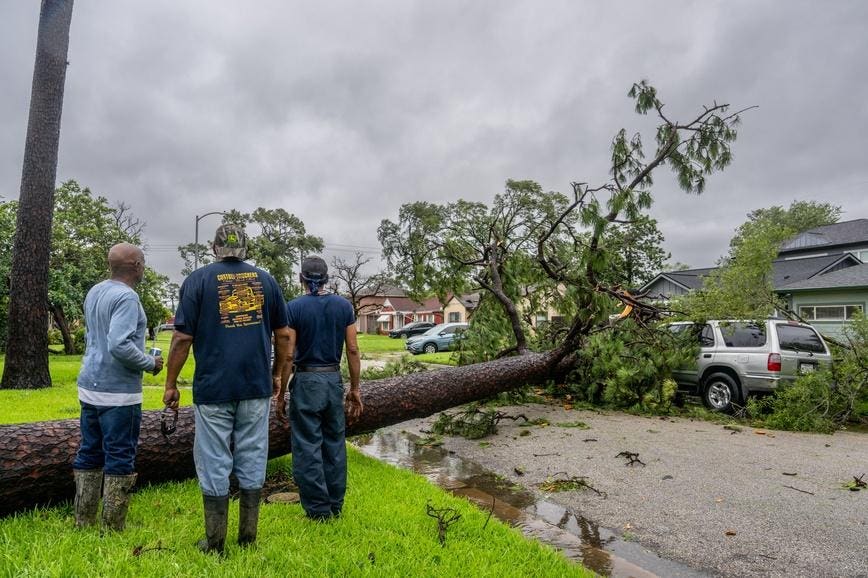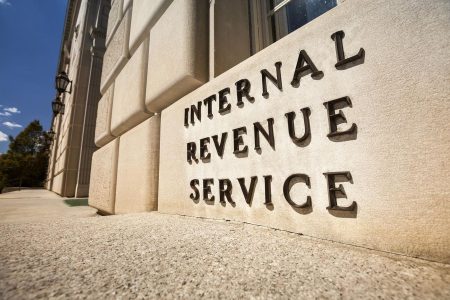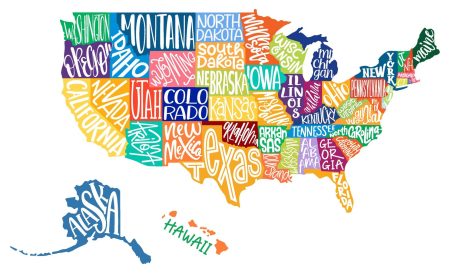Hurricane Beryl made a dramatic impact in parts of the Caribbean and the Gulf Coast this summer. The storm holds the distinction of being the earliest Category 5 hurricane on record to form—Beryl came ashore on July 1, 2024, in Grenada and was named a Category 5 hurricane the next morning. Days later, Beryl tracked into Texas.
Now, the IRS has announced tax relief for individuals and businesses affected by the storm in 67 Texas counties.
Impacted Taxpayers
The IRS is offering relief to any area designated by the Federal Emergency Management Agency (FEMA). This means that individuals and households that reside or have a business in Anderson, Angelina, Aransas, Austin, Bowie, Brazoria, Brazos, Burleson Calhoun, Cameron, Camp, Cass, Chambers, Cherokee, Colorado, Dewitt, Fayette, Fort Bend, Freestone, Galveston, Goliad, Gregg, Grimes, Hardin, Harris, Harrison, Hidalgo, Houston, Jackson, Jasper, Jefferson, Kenedy, Kleberg, Lavaca, Lee, Leon, Liberty, Madison, Marion, Matagorda, Milam, Montgomery, Morris, Nacogdoches, Newton, Nueces, Orange, Panola, Polk, Refugio, Robertson, Rusk, Sabine, San Augustine, San Jacinto, San Patricio, Shelby, Trinity, Tyler, Upshur, Victoria, Walker, Waller, Washington, Webb, Wharton and Willacy counties qualify for tax relief.
The same relief will be available to other counties added later to the disaster area. The current list of eligible localities is always available on the tax relief in disaster situations page on IRS.gov.
The relief is targeted to individuals and businesses in 67 Texas counties affected by Beryl as of July 5, 2024.
These taxpayers now have until February 3, 2025, to file various federal individual and business tax returns and make tax payments.
Filing and Payment Relief
The tax relief postpones various tax filing and payment deadlines from July 5, 2024, through February 3, 2025. The result is that affected individuals and businesses will have until February 3, 2025, to file returns and pay any taxes that were originally due during this period.
The new February 3, 2025, deadline applies to individuals with a valid extension to file their 2023 return through October 15, 2024. However, since tax payments for 2023 tax returns were due on April 15, 2024, those payments are not eligible for relief. This means the IRS is granting taxpayers more time to file, not to pay.
However, the IRS is granting more time for individual taxpayers to pay for quarterly estimated income tax payments normally due on September 16, 2024, and January 15, 2025.
Businesses are also entitled to relief. That includes businesses that typically file quarterly payroll and excise tax returns on July 31, 2024, October 31, 2024, and January 31, 2025. In addition, penalties for failing to make payroll and excise tax deposits due on or after July 5, 2024, and before July 22, 2024, will be abated as long as the deposits are made by July 22, 2024.
The disaster assistance and emergency relief for individuals and businesses page has details on other returns, payments and tax-related actions qualifying for relief during the postponement period.
How To Get Relief
Most taxpayers won’t need to do anything to get relief. The IRS automatically provides filing and penalty relief to taxpayers with an IRS address of record in the disaster area.
It is possible an affected taxpayer may not have an IRS address of record located in the disaster area—maybe you’ve moved, for example. If you’re entitled to relief but receive a late filing or payment penalty notice from the IRS, you should call the number on the notice to have the penalty abated.
The IRS will work with any taxpayer who lives outside the disaster area but whose records are necessary to meet a deadline occurring during the postponement period and are located in the affected area. This also includes relief workers affiliated with a recognized government or philanthropic organization. Those taxpayers need to contact the IRS at 1.866.562.5227.
Disaster area tax preparers with clients located outside the disaster area can choose to use the bulk requests from practitioners for disaster relief option, described on IRS.gov.
Casualty Loss Deductions
As a result of the Tax Cuts and Jobs Act, casualty loss deductions are not available for most taxpayers. However, individuals and businesses who are in a federally declared disaster area are entitled to the deduction.
You can claim a casualty loss deduction on either the return for the year the loss occurred—that’s the 2024 return filed in 2025 for losses due to Hurricane Beryl—or the return for the prior year—that’s the 2023 return normally filed in 2024.
Taxpayers have up to six months after the due date of their income tax return for the disaster year (without regard to any extension of time to file) to make the election—that’s October 15, 2025.
Write the FEMA declaration number (4798-DR) on any return claiming a loss.
Relief Payments
Qualified disaster relief payments are generally excluded from gross income. This means that affected taxpayers can exclude funds received from a government agency for reasonable and necessary personal, family, living, or funeral expenses—as well as for the repair or rehabilitation of their home or the repair or replacement of its contents—from their gross income.
Additional relief may be available to affected taxpayers participating in a retirement plan or IRA. For example, a taxpayer may be eligible to take a special disaster distribution without the additional 10% early distribution tax, allowing the taxpayer to spread the income over three years. Taxpayers may also be eligible to make a hardship withdrawal. Each plan or IRA has specific rules and guidance for its participants to follow, so ask your plan administrator for more information.
More Information
The IRS disaster assistance and emergency relief for individuals and businesses page has details on other returns, payments, and tax-related actions qualifying for relief during the postponement period.
Read the full article here










